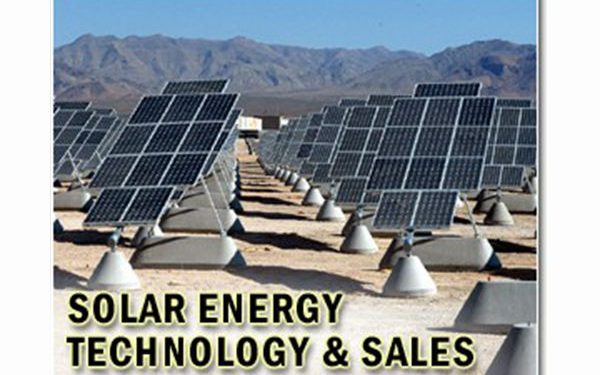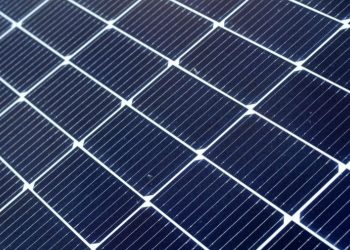Quantum Material Achieves Up to 190% Efficiency in Solar Cells
by Clarence Oxford
Los Angeles CA (SPX) Apr 11, 2024
Researchers from Lehigh University have developed a material that significantly enhances the efficiency of solar panels.
A prototype incorporating this material as the active layer in a solar cell displays an average photovoltaic absorption rate of 80%, a high rate of photoexcited carrier generation, and an external quantum efficiency (EQE) reaching up to 190%. This figure surpasses the theoretical Shockley-Queisser efficiency limit for silicon-based materials, advancing the field of quantum materials for photovoltaics.
This work signifies a major advance in sustainable energy solutions, according to Chinedu Ekuma, professor of physics at Lehigh. He and Lehigh doctoral student Srihari Kastuar recently published their findings in the journal Science Advances. Ekuma highlighted the innovative approaches that could soon redefine solar energy efficiency and accessibility.
The material’s significant efficiency improvement is largely due to its unique intermediate band states, which are energy levels within the material’s electronic structure that are ideally positioned for solar energy conversion.
These states have energy levels in the optimal subband gaps-energy ranges capable of efficiently absorbing sunlight and producing charge carriers-between 0.78 and 1.26 electron volts.
Moreover, the material excels in absorbing high levels in the infrared and visible regions of the electromagnetic spectrum.
In traditional solar cells, the maximum EQE is 100%, which corresponds to the generation and collection of one electron for each photon absorbed. However, newer materials and configurations can generate and collect more than one electron per high-energy photon, achieving an EQE over 100%.
Multiple Exciton Generation (MEG) materials, though not yet widely commercialized, show immense potential for enhancing solar power system efficiency. The Lehigh-developed material utilizes intermediate band states to capture photon energy typically lost in traditional cells, including energy lost through reflection and heat production.
The research team created this novel material using van der Waals gaps, atomically small spaces between layered two-dimensional materials, to confine molecules or ions. Specifically, they inserted zerovalent copper atoms between layers of germanium selenide (GeSe) and tin sulfide (SnS).
Ekuma developed the prototype based on extensive computer modeling that indicated the system’s theoretical potential. Its rapid response and enhanced efficiency strongly indicate the potential of Cu-intercalated GeSe/SnS as a quantum material for advanced photovoltaic applications, offering a path for efficiency improvements in solar energy conversion, he stated.
While the integration of this quantum material into existing solar energy systems requires further research, the techniques used to create these materials are already highly advanced, with scientists mastering precise methods for inserting atoms, ions, and molecules.
Research Report:Chemically Tuned Intermediate Band States in Atomically Thin CuxGeSe/SnS Quantum Material for Photovoltaic Applications
Related Links


















